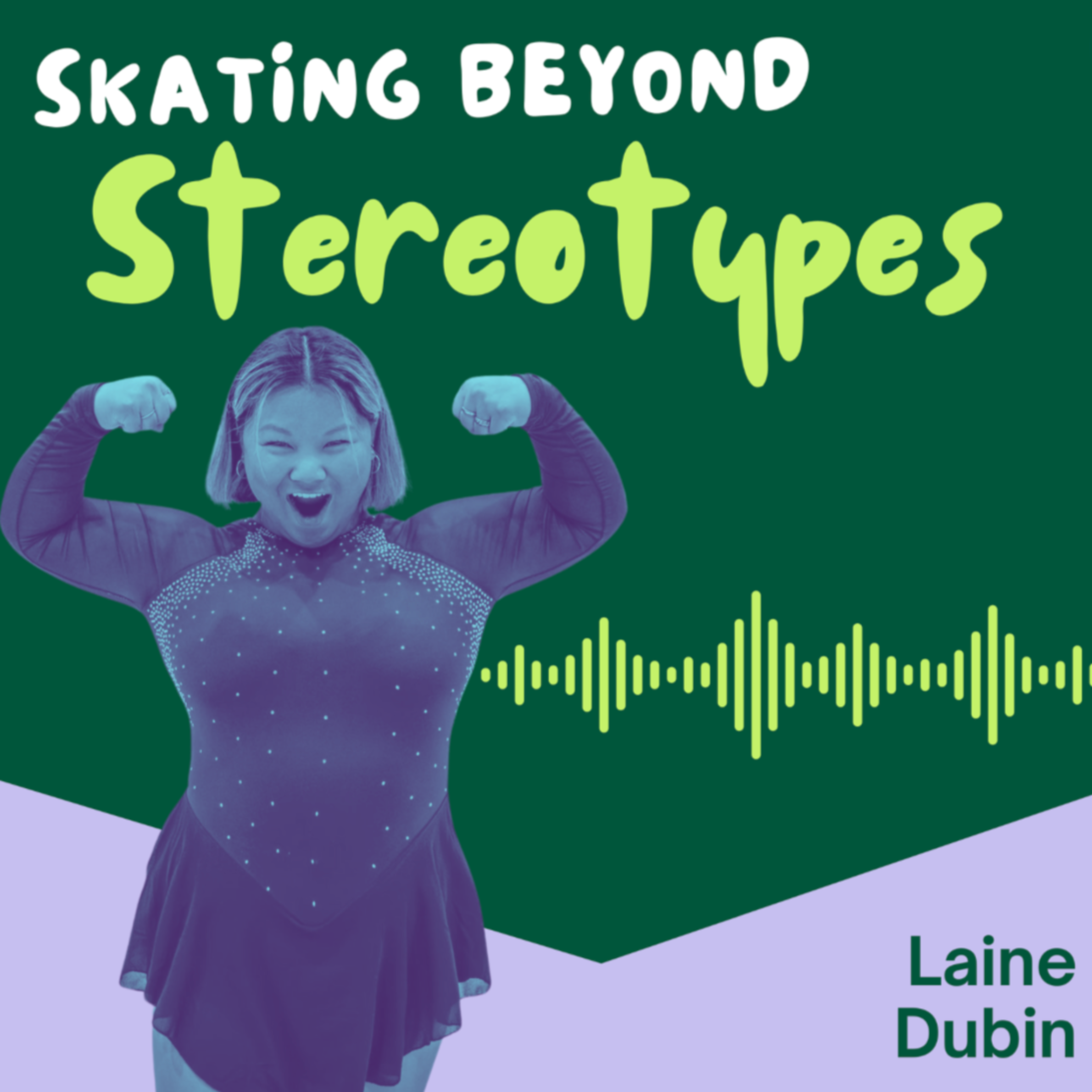
Skating Beyond Stereotypes Podcast
Overview
As a figure skating content creator, I’ve always sought to highlight the unspoken realities of the sport. This podcast series, Skating Beyond Stereotypes, was born from a deep desire to amplify underrepresented voices in the skating world—specifically, skaters who don’t fit the narrow mold of body expectations often glorified in aesthetic sports.
Objective
To create a podcast that explores the intersection of body image and figure skating, fostering empathy, education, and honest dialogue about mental and physical struggles in the sport.
In-Depth Research
I began with both popular media and academic journals, covering topics like:
Mental health in athletics
Body image issues in aesthetic sports
Media representation of athletes
Societal pressures and historical context
Not only did this inform my questions and episodes, but I also incorporated findings into my episode scripts, intros, and promotional content.
Pre-Production
Organization
I used Trello to centralize everything—episode planning, research links, guest notes, and checklists. This helped me manage the scope of the project and track my progress.
Guest Prep
I drafted flexible interview guides, aiming for natural, authentic conversations that could evolve organically. My research shaped these guides while leaving room for spontaneity.
Production
Platform: Zoom (for accessibility and international reach)
Style: Conversational interviews guided by prepared topics, but open to digressions and surprises
Focus: Creating a comfortable space for vulnerability and honesty
While Zoom isn’t the gold standard for podcasting, it allowed me to connect with skaters across countries and ensure tech reliability for guests who weren’t professional podcasters.
Post-Production
Software: Final Cut Pro
While it's traditionally a video editor, I adapted FCP for podcast use by:
Creating dedicated libraries per episode
Prioritizing noise reduction, EQ, and clarity
Layering in music for intro/outro and segment transitions
Style Choices
Clean, focused audio
Music that evokes reflection and intimacy
Emphasis on pacing and tone to match the emotional depth of the subject matter
Distribution & Promotion
Platforms
Spotify for podcast streaming
YouTube for visual engagement and accessibility
Promotion Tools
CapCut for social teaser clips with automated captions
Instagram & TikTok for reels, stories, and long-form video storytelling
Emotional appeal-first promotion followed by short quotes and reels to build intrigue
My promo strategy included both informative and emotional content to reach diverse audience segments.
Final Thoughts
Lessons learned:
Conduct interviews with empathy and structure
Translate research into engaging, accessible content
Navigate the technical and emotional demands of podcasting
Most importantly, I gained confidence in my voice as a storyteller and advocate. This project represents everything I love about content creation: using media to bring marginalized stories to light and spark real conversations.
What I’d Do Differently Next Time
Use a dedicated podcast platform like Riverside or Zencastr for better audio
Build out a content calendar for more consistent social media traction
Start promotional efforts earlier with teaser content




